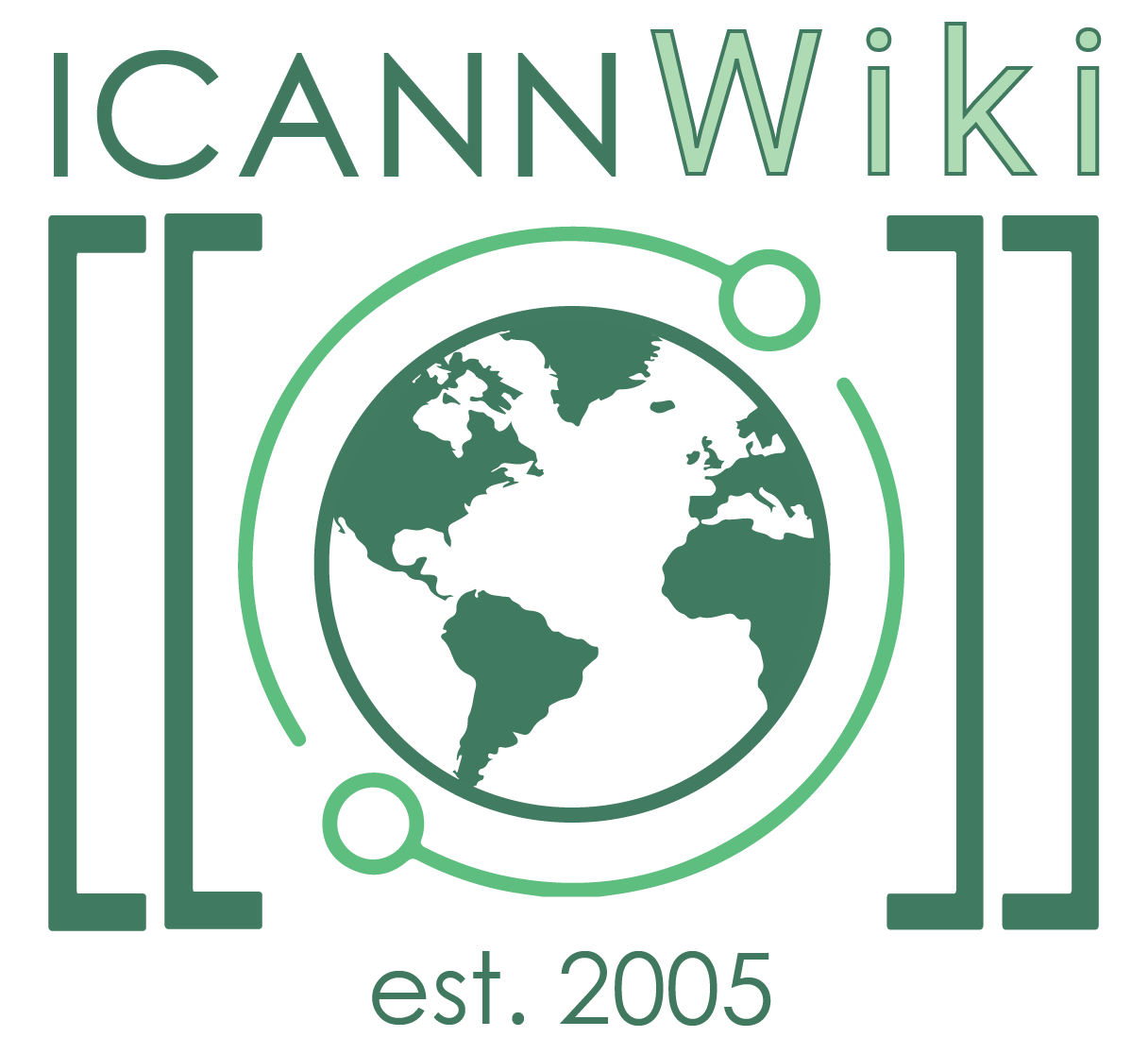Root Zone Management
The DSN Root Zone Management System (RZM) is the automated system used to process change requests for TLDs [1] and to delegate new gTLDs once they have passed PDT.[2]
History edit
The RZM was created to process change requests more efficiently and was launched on July 21, 2011 by ICANN, Verisign, and NTIA.[3] It automated the previously manual process and gave the additional benefits of allowing more transparency and decreasing processing time.[1] In late fall 2022, IANA upgraded the RZM with the aim of providing more features for administering top-level domains (TLDs). With the upgrade, TLD managers can authorize additional people to interact with IANA with custom authorization levels according to their roles in their organization. It gives managers the flexibility to tailor configurations for improved cybersecurity. Other improvements include the ability to submit multiple requests simultaneously. For registries that manage many TLDs, a preliminary application programming interface streamlines their bulk updates. A session at ICANN 75 was dedicated to providing an in-depth overview of the new features.[4]
New gTLD system edit
In the new gTLD application process, once an applicant has received their delegation token from IANA, the applicant can enter it on IANA's Delegate a New Generic Top-Level Domain page in order to assume "operational responsibility" of the new gTLD [2]. According to a statement by ICANN, Verisign, and NTIA, RZM can process "at least 100 new gTLDs per week." [5] However, there was some apprehension that Verisign would not delegate new gTLDs due to stability concerns. [6] This statement has been largely debunked. Despite Verisign's ongoing concerns over stability, it has been delegating new gTLDs. [7][8]
- IANA's Delegating a generic top-level domain page provides instructions for new gTLD delegation.
- See New TLD contracting for more information on the new gTLD registration process.
References edit
- ↑ 1.0 1.1 https://www.iana.org/help/rzm-system
- ↑ 2.0 2.1 https://rzm.iana.org/rzm/newdelegation;jsessionid=573581408146FD71B45A8447A52AF099
- ↑ http://blog.icann.org/2012/08/rzm-is-one-year-old/ Sokolova, Nadia. RZM Is 1 Year Old
- ↑ August 2022 ICANN North America Newsletter, ICANN.org
- ↑ http://domainincite.com/10961-icann-verisign-and-ntia-ready-for-100-new-gtlds-per-week Murphy, Kevin. ICANN, Verisign, and NTIA 'Ready for 100 new gTLDs Per Week'
- ↑ http://domainincite.com/13979-ntia-alarmed-as-verisign-hints-that-it-will-not-delegate-new-gtlds Murphy, Kevin. NTIA Alarmed as Verisign Hints that It Will Not Delegate New gTLDs
- ↑ http://domainincite.com/15274-german-geo-ruhr-enters-the-root Murphy, Kevin. German Geo Ruhr Enters the Root, 11 Dec. 2013
- ↑ http://blogs.verisigninc.com/blog/entry/verisign_delegates_four_new_gtlds Kane, Pat. Verisign Delegates Four New gTLDs to the Root Zone, 23 Oct. 2013
ICANNWiki resources: Special Pages | Content Guide | Documentation | Development || Maintenance: Articles needing attention | Candidates for deletion || Projects: Internet & Digital Governance Library
